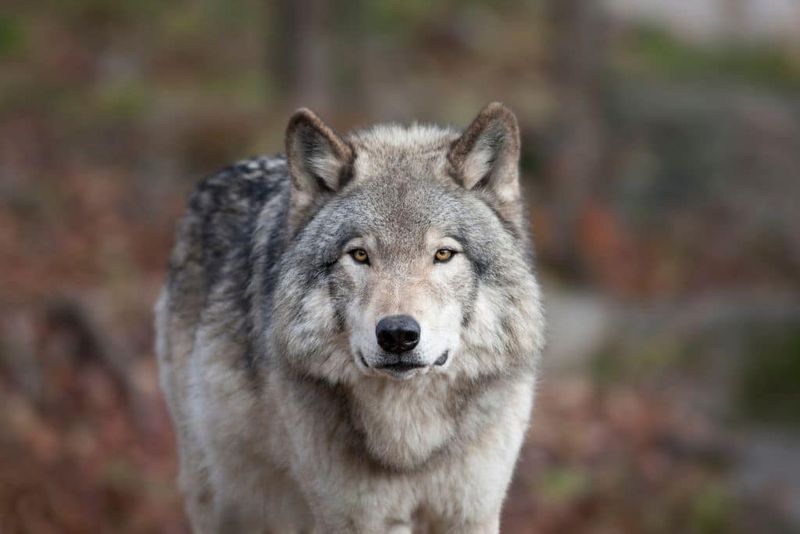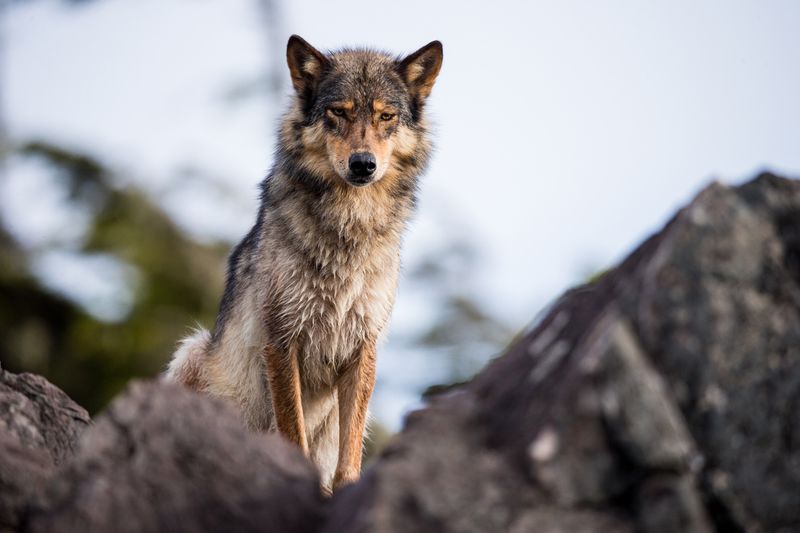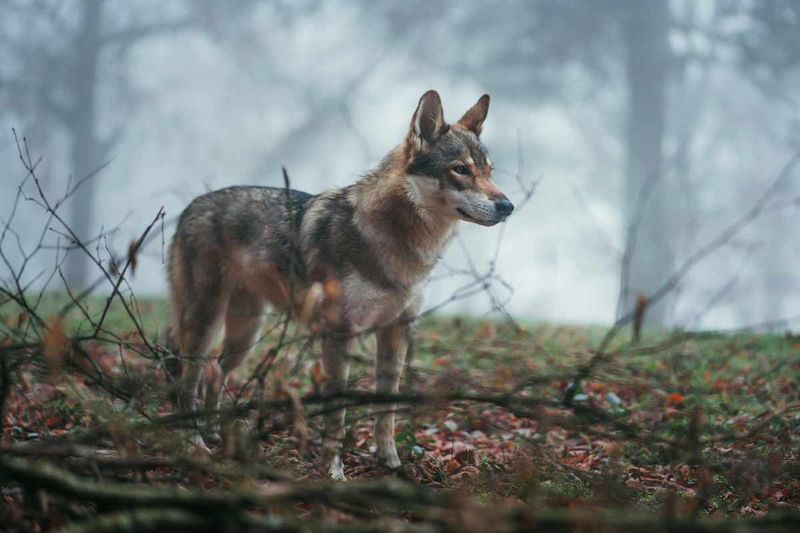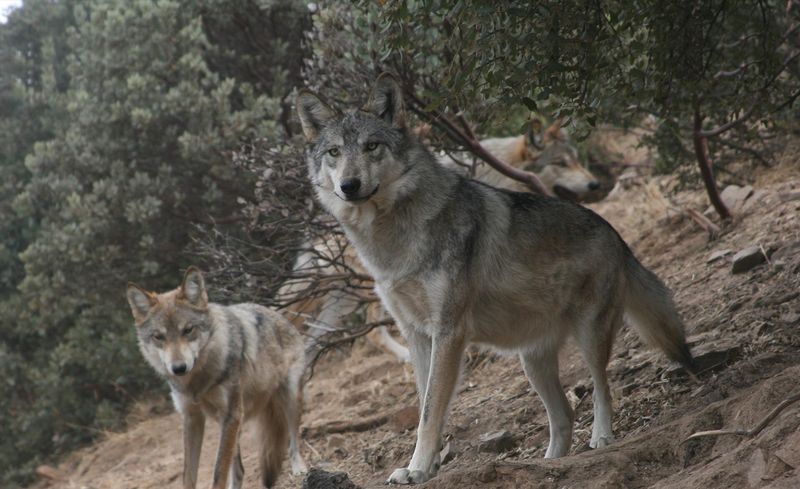New Theory: Your Dog’s Ancestors May Have Chosen Humans for the Snacks
We’ve all seen those puppy dog eyes staring longingly at our sandwiches, but what if that same food-driven behavior was the reason dogs exist in the first place? According to a recent study, it might just be the case. New research suggests that dogs may have domesticated themselves—not through human intention, but by choosing to stick close to people for a more reliable snack supply.
While the idea of self-domestication isn’t new, this fresh perspective comes backed by mathematical modeling that shows the process could have happened naturally over time. Essentially, early wolves may have chosen to live alongside humans, not out of loyalty, but for leftovers—and in doing so, transformed into the furry companions we know today.
Let’s dive into what this theory means, how scientists explored it, and why it matters not just for understanding dogs, but for piecing together our own human story.
The Origin of Dogs: A Historical Puzzle
Dogs (Canis familiaris) are believed to have evolved from gray wolves (Canis lupus), but the timeline and nature of that transformation have been long debated. Archaeological and genetic evidence suggests that this process didn’t happen all at once. Instead, there were two major phases:
- Initial Domestication (roughly 30,000 to 15,000 years ago): This is when wild wolves first began to diverge into early dogs.
- Breed Diversification (about 15,000 years ago onward): This later period marks the emergence of dog breeds as we know them today, heavily shaped by human intervention.
It’s this first phase—how wolves initially transitioned into dogs—that remains a mystery.
The Self-Domestication Hypothesis
One leading idea is known as self-domestication. It proposes that some wolves started hovering around early human settlements to scavenge food scraps. These were likely the more curious and less aggressive individuals—traits that would’ve helped them avoid conflict with humans and gain better access to leftovers.
Over generations, these bolder, more tolerant wolves might have passed on their people-friendly traits. Eventually, this process could have led to the evolution of animals we’d recognize today as dogs.
This hypothesis draws parallels with how scientists believe cats were domesticated. Research shows that wild cats began living near early farming communities about 10,000 years ago, attracted by the rodents feasting on grain stores. In return for hunting the pests, humans let them stay—and the rest is history.
Critics and the Big Question: Could It Happen Fast Enough?
While self-domestication sounds plausible, it hasn’t gone unchallenged. One major criticism centers around time. Could natural selection alone really act quickly enough to transform a wild animal like a wolf into a domesticated dog without intentional breeding?
Up until now, there wasn’t a clear answer.
That’s where this new study, published in Proceedings of the Royal Society B, adds an exciting layer. The researchers created a mathematical model to test whether self-domestication could unfold within a realistic time frame—roughly 15,000 years.
Modeling Wolves with a Taste for Trash
The team behind the study, including mathematician and statistician Alex Capaldi from James Madison University, built a computer simulation that gave wolves a kind of “agency.” In the model, wolves could choose whether to live near humans and, crucially, which other wolves to mate with.
Two conditions were key:
- Food Preference: Wolves that preferred living near human settlements had more consistent access to food.
- Mate Selection: Wolves selected mates with similar temperaments—those who were also tolerant of humans.
When both behaviors were programmed into the model, it showed that self-domestication could have happened naturally over the course of 15,000 years. That’s a blink of an eye in evolutionary terms.
Capaldi explained it simply: “When females were selecting mates, they also had to select males that had a similar tameness to themselves.” In this way, behavioral traits reinforced themselves, speeding up the shift from wild wolves to more docile, human-friendly animals.
What the Study Doesn’t Say (and Why That’s Okay)
It’s important to note that this study doesn’t claim to prove definitively how dogs were domesticated. Rather, it shows that the self-domestication hypothesis is statistically possible. In scientific terms, that’s a big deal.
It means that we don’t necessarily need human-directed breeding to explain how dogs came to be. Nature, it seems, may have had its own plan—especially when food was involved.
Why Dog Domestication Matters Beyond Dogs
Understanding how dogs became domesticated isn’t just about learning where your Labrador came from. It offers insight into human history and co-evolution—how humans and animals influenced each other over time.
Dogs were the first animals ever domesticated, long before sheep, cows, or even cats. Their presence helped early humans herd livestock, hunt more effectively, and even migrate across continents. They weren’t just pets—they were partners in survival.
The domestication of dogs also reflects broader themes in evolutionary biology: how behavior influences survival, how ecosystems change with human development, and how traits like tameness and cooperation can become evolutionary advantages.
The Big Picture: Snack-Loving Wolves and the Birth of a Bond
So, were dogs created by design or by dinner? The truth is probably a mix of both. But this study makes a strong case that our relationship with dogs may have started not with us taming them, but with them choosing us—and doing so because we had the best snacks around.
That idea makes the bond between dogs and humans feel even more remarkable. It wasn’t just about utility; it was about mutual benefit. And it started not with a command or a leash, but with a shared meal.
Next time your pup gives you that pleading look at the dinner table, remember—you might be seeing 15,000 years of evolution at work.










